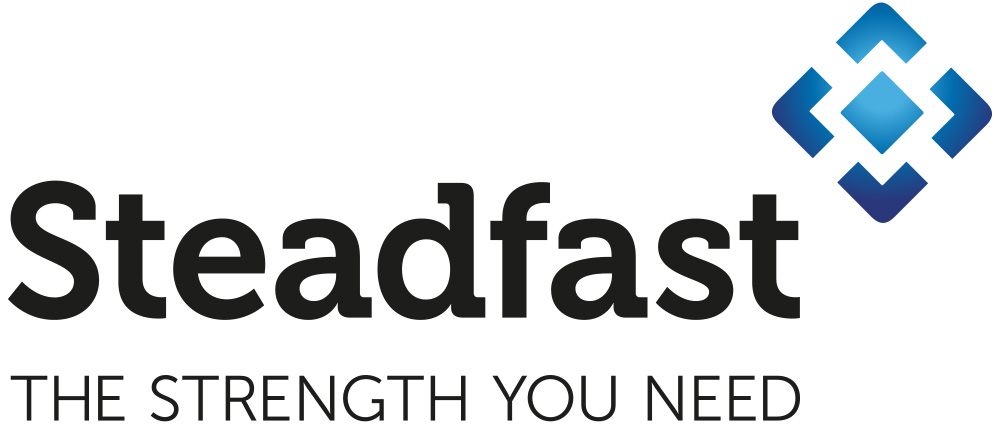FAQ
Fibreglass insurance is a type of liability insurance that provides protection to businesses in the event that an employee is injured on the job. The policy covers medical expenses and lost wages associated with the injury, as well as any damages awarded in a lawsuit.
Fibreglass insurance is often used by businesses that have a high risk of employee injuries, such as construction companies or manufacturers. It can also be helpful for companies that employ workers who are not covered by traditional workers’ compensation policies, such as independent contractors. Get in touch with our experts to discuss your Fibreglass Components Repair needs.
Yes. Most insurance companies have relationships with specific repair companies and will only reimburse you if those companies are used. Additionally, using an insurance company’s preferred repair company often results in a quicker and smoother claims process.
A zero-depreciation insurance policy means that 100% of the coverage applies to all costs associated with fiber, rubber, metal, and plastic parts. However, the insurance company does not include any damages incurred to the engine due to water or oil leakage. In addition, common wear-and-tear such as mechanical breakdowns, oil changes, insulation leakage, and other consumables are also ineligible for this type of insurance coverage.
Fibreglass Boat Insurance is a policy that provides coverage for damages to your glass fibre. This type of insurance claim can help protect you from costly repairs or replacement costs in the event that your boat is damaged or destroyed.
Policies typically provide coverage for damages caused by a number of different events, such as collisions, fire, theft, and vandalism. They may also offer protection for medical expenses and legal costs if you are injured while on your boat.
When choosing a Fibreglass Boat Insurance policy, it is important to consider the amount of coverage that is right for you. Be sure to ask about any limitations or exclusions that may apply to your policy.
Yes, repairing or restoring carbon fiber components or material is typically covered under an automobile insurance policy. Carbon fiber is considered a high-end repair and usually costs more than traditional repairs, but the insurance company will cover the cost as long as it falls within the coverage limits of the policy.
News
Cyber Attack – Don’t expose your business
For many buyers of business insurance, cyber insurance is a new class of insurance that has been bro

Expanded polystyrene and the Rising insurance premiums
If you have a business involved in the food industry such as a manufacturer, wholesaler, butcher orUnderinsurance and the effect on your business
The majority of commercial insurance policies in the Australian market contain an underinsurance cla






